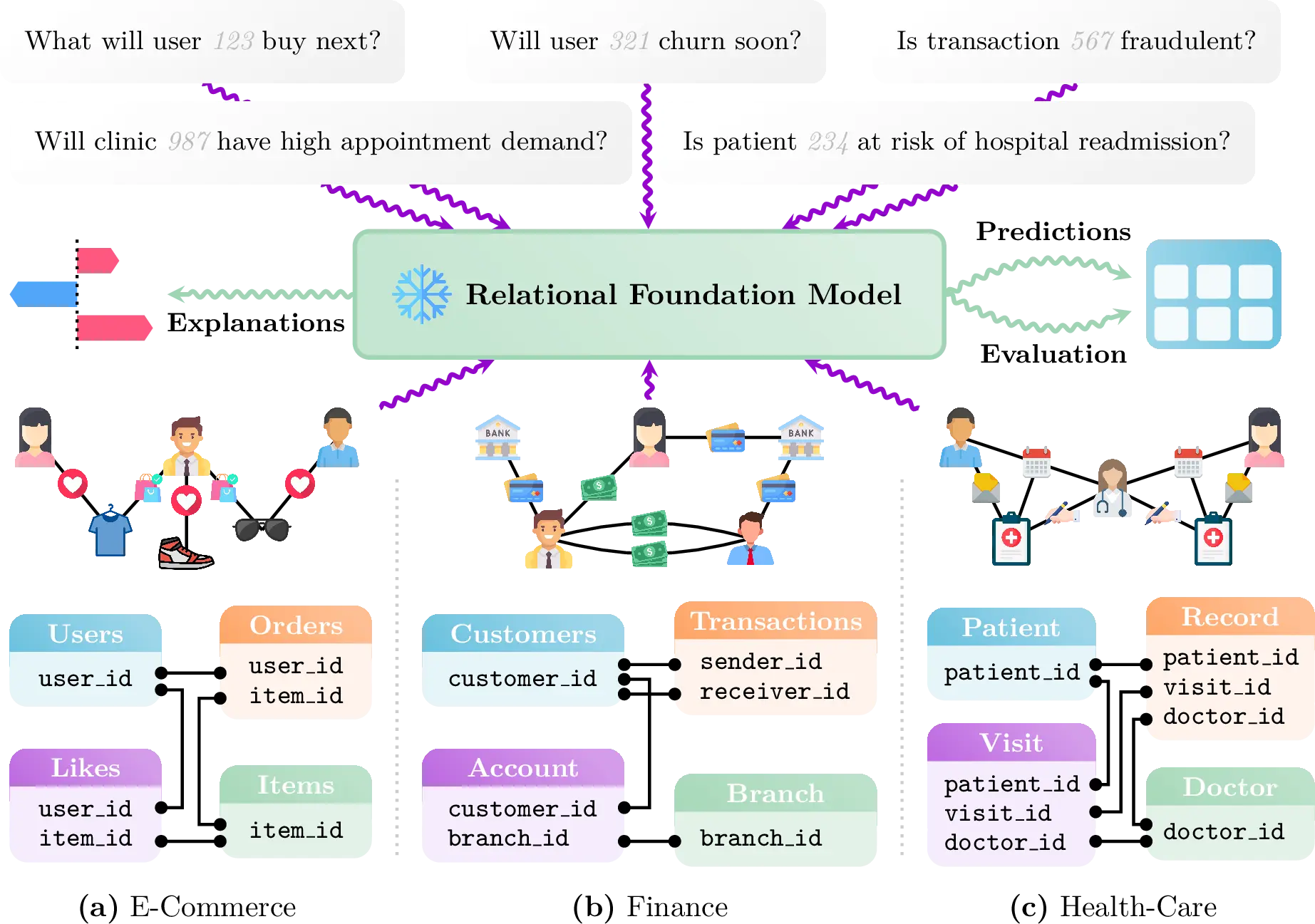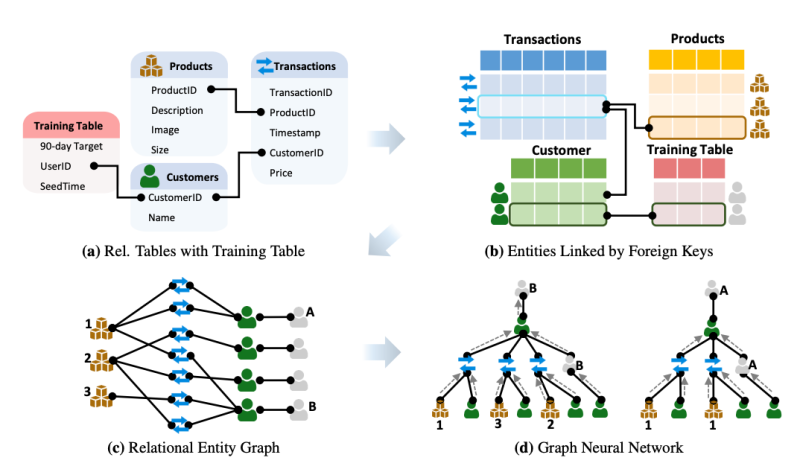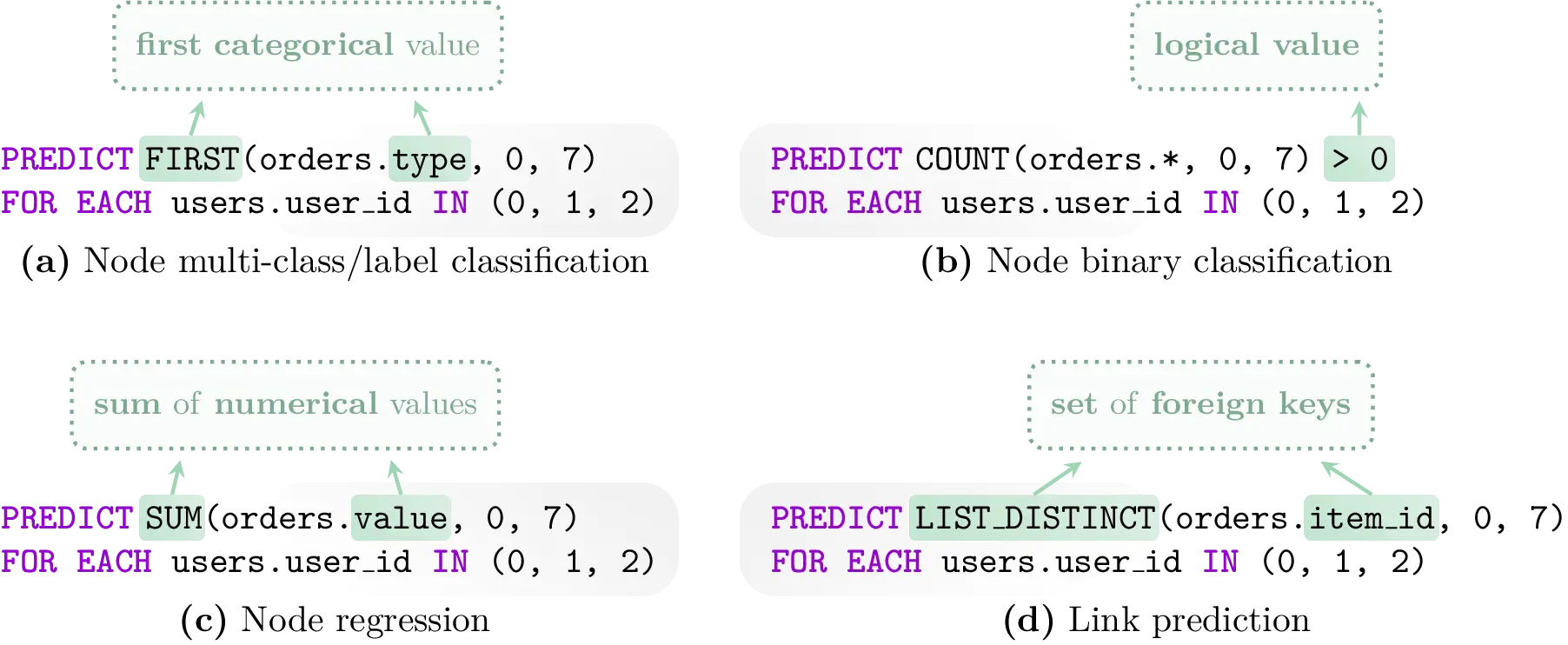Generative AI and large language models (LLMs) have revolutionized how businesses approach summarization and reasoning. However, when it’s time to forecast outcomes like customer churn or fraud, traditional machine learning methods still hold sway.
Now, Kumo AI is reshaping this landscape with its Relational Foundation Model (RFM), designed to deliver the “zero-shot” predictive strengths of LLMs to structured, relational data.

Limitations of Traditional Predictive ML
Despite recent advances, predictive machine learning is often a slow, hands-on process. Data scientists must engage in laborious feature engineering, manually collecting and combining data from multiple tables to create the signals that train models. This approach is time-consuming and costly, making it difficult for organizations to pivot quickly when new questions or data sources arise.

How Kumo’s Relational Deep Learning Works
Kumo’s RFM brings relational deep learning to the forefront by converting entire databases into connected graphs. Each database row becomes a node, and table relationships, like foreign keys, form the links. This automatic mapping removes the need for manual feature engineering, streamlining the path from data to prediction.
The RFM employs a generalized transformer architecture, the same technology at the heart of LLMs. By applying attention mechanisms to these interconnected graphs, the model uncovers complex patterns across large datasets, autonomously discovering predictive signals. This shift echoes the move in computer vision from hand-crafted features to models that learn directly from raw data.
KumoRFM accepts as input a query written in a domain-specific language called Predictive Query Language (PQL), which is similar in syntax to SQL but focused on defining prediction problems rather than data manipulation operations.

Zero-Shot, Instant Predictions
The true breakthrough of Kumo’s RFM is its zero-shot capability. Instead of requiring weeks of custom training, the pre-trained RFM can instantly generate predictions on new databases.
For example, an analyst can ask whether a customer is likely to make a purchase in the next month, and the model immediately provides a probability score and an explanation, no prior dataset exposure necessary.
This approach leverages in-context learning, allowing the model to adapt in real time to new data and questions. The user interface is intuitive, enabling even data analysts without machine learning expertise to access powerful predictive analytics within minutes.
Building Blocks for Agentic AI
As organizations move toward an agentic AI future, the ability for AI agents to interpret and act upon private, structured data becomes essential. Kumo’s RFM is positioned to serve as the predictive engine for such agents. A customer service AI, for example, could use RFM to assess churn risk and then personalize outreach using LLM-driven conversation tools.
This model highlights a new AI ecosystem: LLMs excel at analyzing unstructured, retrospective information, while RFMs focus on forecasting and decision-making with structured data. By removing the bottleneck of feature engineering, Kumo democratizes predictive analytics, reducing both time and cost for organizations of all sizes.
The Road Ahead: Democratizing Predictive AI
Kumo’s public demo of the RFM is already available, with plans to let users connect their own data. For businesses with unique needs, fine-tuning services will help optimize the model on private datasets. Ultimately, this technology aims to empower organizations to move quickly from raw data to actionable insights, transforming how enterprises leverage information for future decisions.
Takeaway
Kumo AI’s relational foundation model fills a critical gap in enterprise AI, providing instant, accurate predictions from structured data without the traditional manual workload. As automation and personalization become central to business strategy, advanced tools like RFM will be key to unlocking the next generation of data-driven intelligence.
Source: VentureBeat

Kumo AI’s Relational Foundation Model: The Next Step in Enterprise Prediction